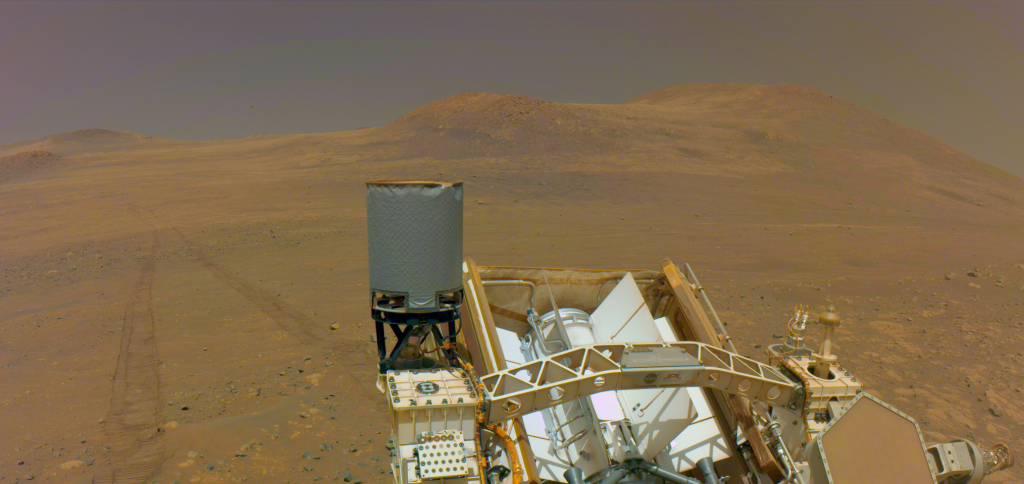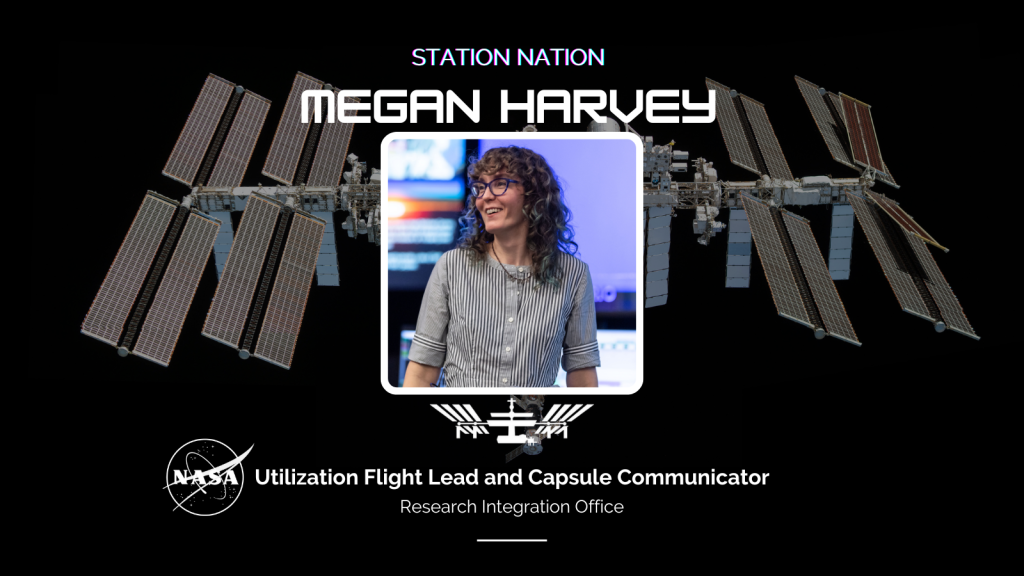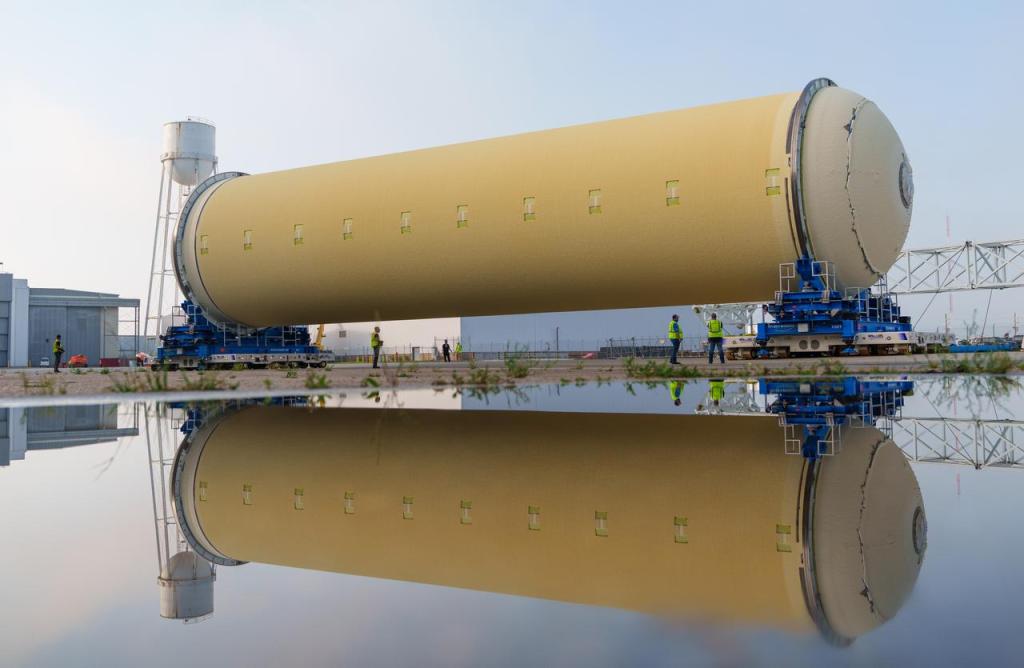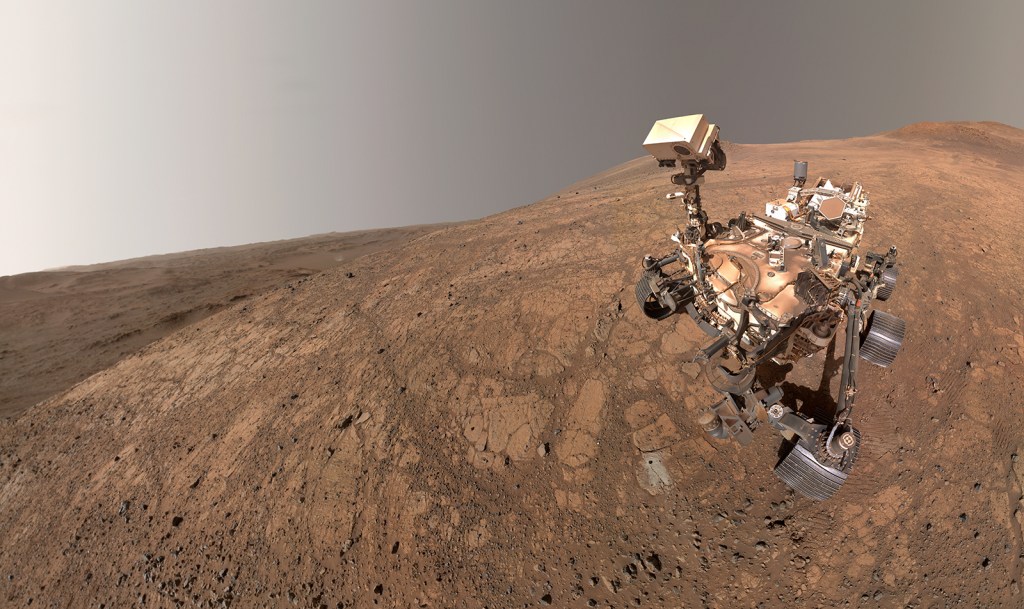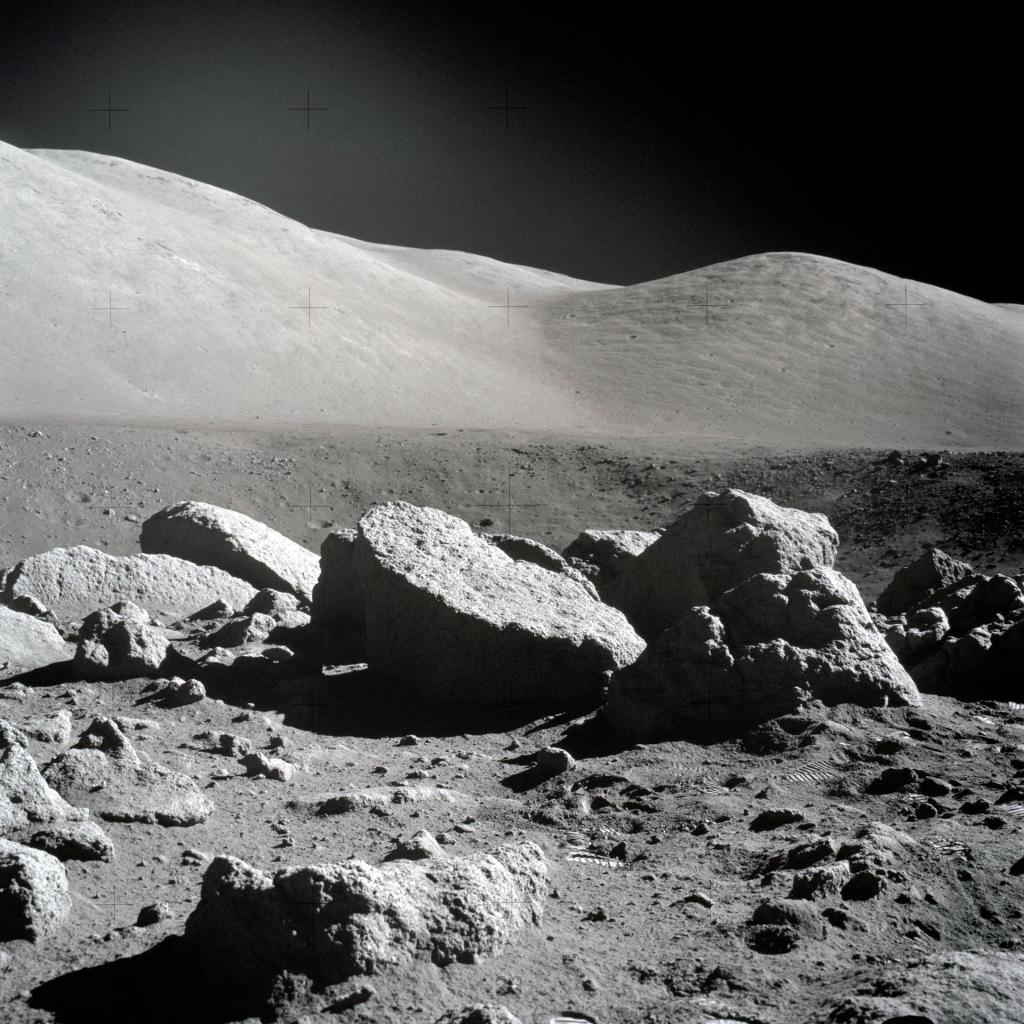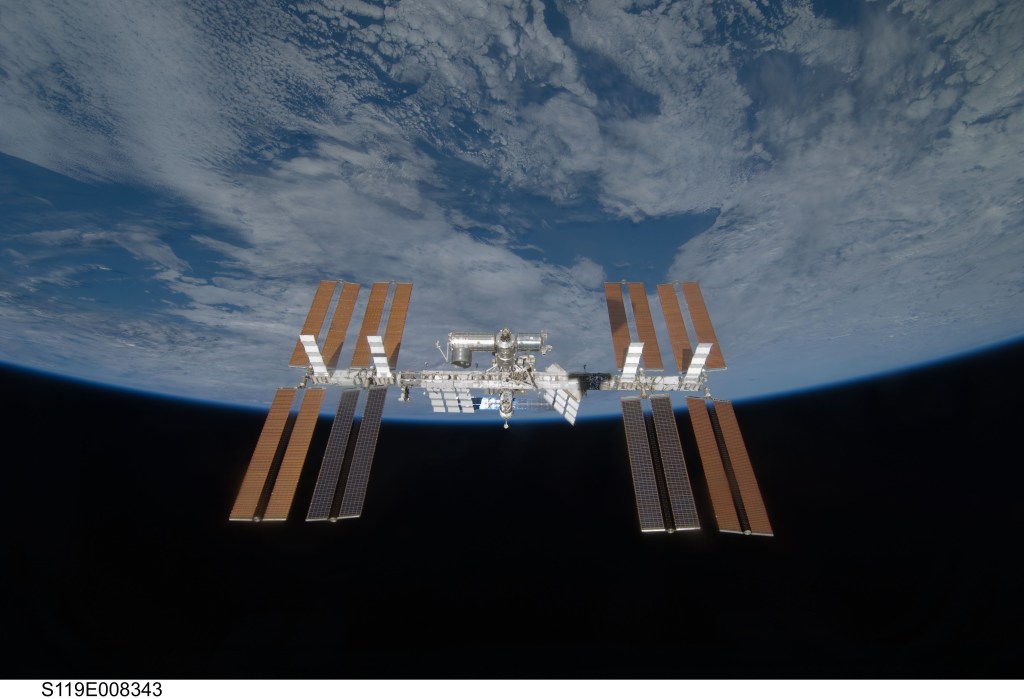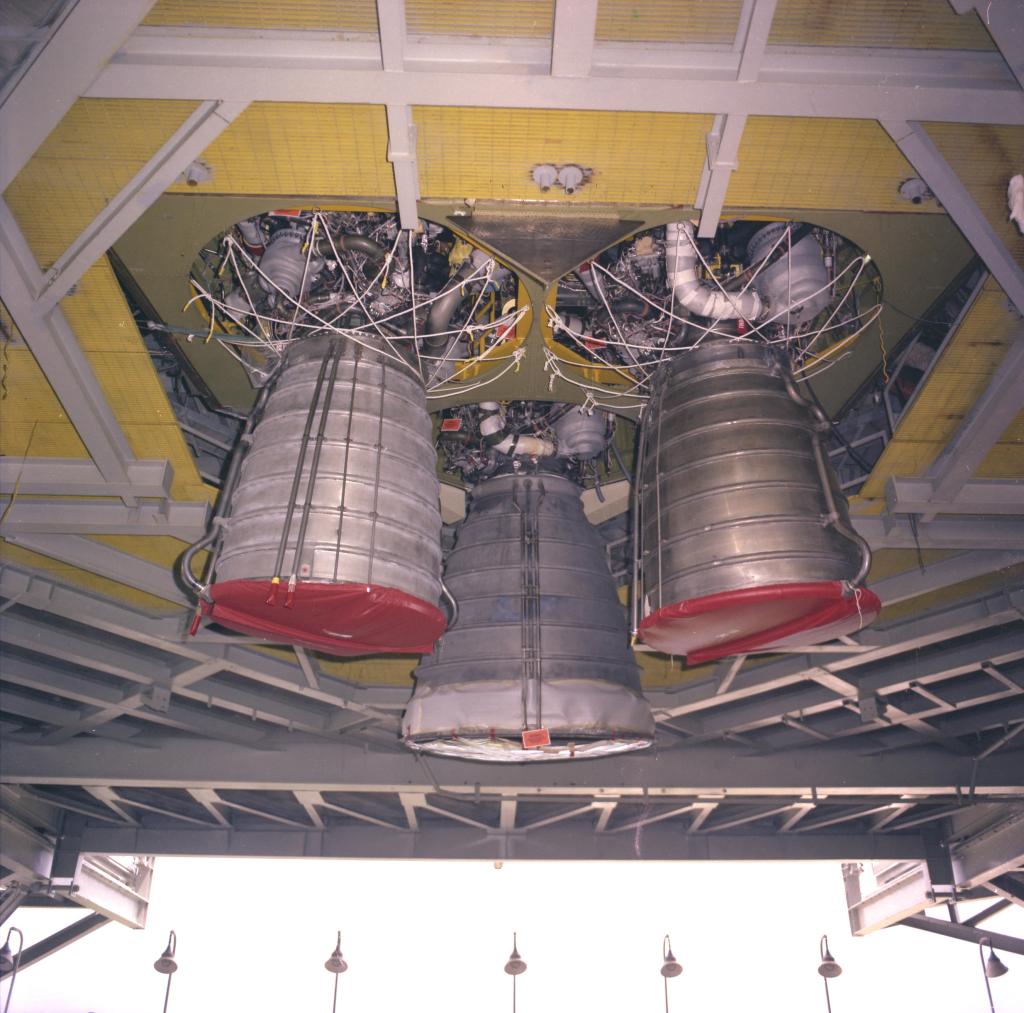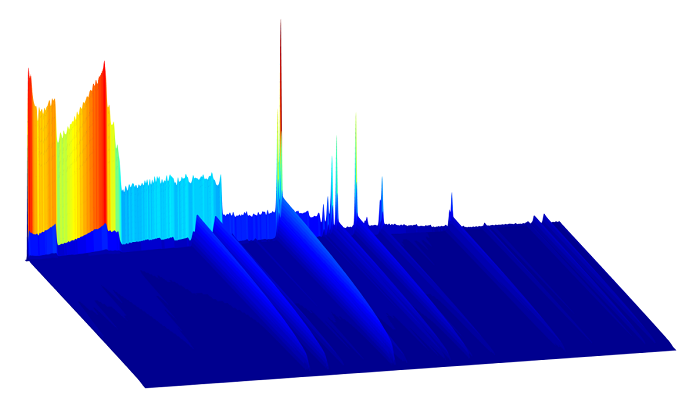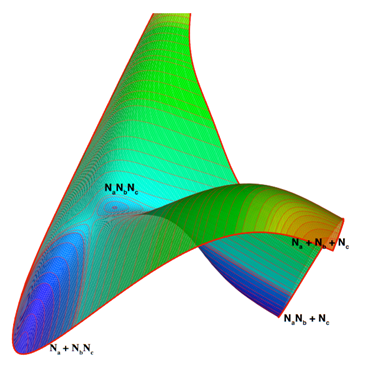The Aerothermodynamics Branch provides the following modeling, simulation, and test analysis capabilities:
Navier-Stokes Solvers for Hypersonic Flows
High fidelity computational fluid dynamics (CFD) codes are developed to model reacting, non-equilibrium flows. The DPLR (Data Parallel Line Relaxation) and US3D codes enable prediction of aerothermal environments to establish thermal protection system (TPS) material requirements for atmospheric entry spacecraft.
Radiation Modeling
NEQAIR (Nonequilibrium Air Radiation) estimates radiative heat flux at a body point by calculating emission and absorption of radiation along a body-normal line and integrating over all possible lines of sight to that point. It enables prediction of radiative heating experienced during high speed entries for missions including Lunar return, Mars return and Giant Planet entries.
Entry Physics & Chemistry
Fundamental studies of the aerothermal environment during planetary atmospheric entry based on ab initio simulations of the relevant elementary physical and chemical processes are conducted. This includes the development of state-to-state (STS) models of chemical kinetics, analysis of the coupling between internal energy relaxation and chemistry and the development of spectroscopic databases to predict radiative heating phenomena. Strategies are developed for simplifying detailed models (e.g., coarse graining) so they can be incorporated into CFD codes.
Ground and Flight Environments Definition
TPS design uncertainties, margins and risk assessment, traceability of ground-based testing to flight are developed, and TPS sizing is performed.


